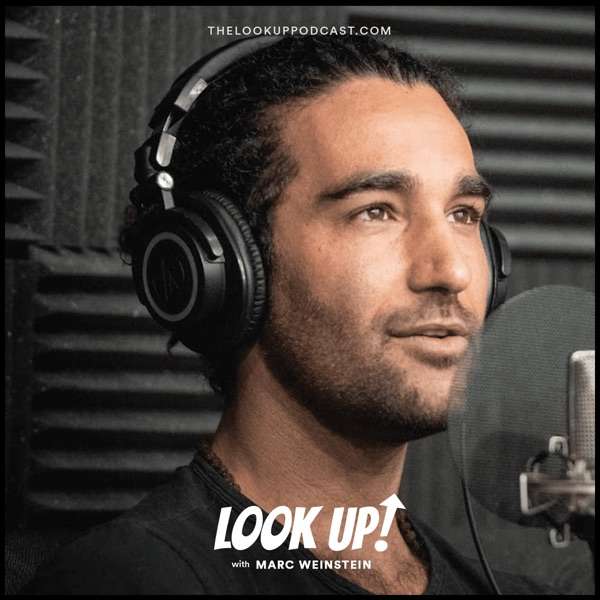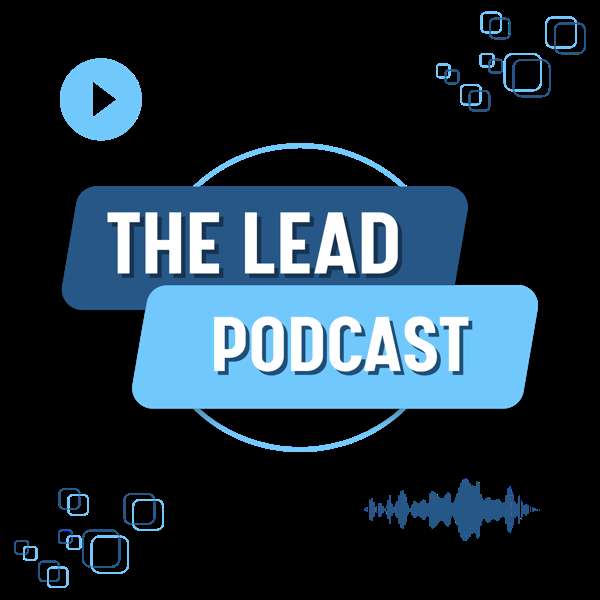In this episode, Bill Spohn reviews the 52 episodes of the Building HVAC Science Podcast. published in 2024.
EP#
Published
Topic
Guest(s)
147
1-5-24
Building science hiaku with Shawna Henderson
Shawna Henderson
148
1-12-24
Trade Secrets Revealed- Inside Classset, the Platform Building a Blue-Collar Boom with Cooper Newby
Cooper Newby
149
1-19-24
More Than Just Fixing Furnaces: Why NCI is the Heartbeat of the HVAC Industry with Dominick Guarino
Dom Guarino
150
1-26-24
Filtering the Future - The Journey of John Ellis in Reinventing Air Quality
John Ellis
151
2-2-24
From Ice to Inspiration-Highlights at the AHR Expo .docx
ELK and Bill
152
2-9-24
Ralph Wolf's HVAC Odyssey Lessons, Laughs, and Legacies
Ralph Wolf
153
2-16-24
HVACR Horizons: From 12-Year-Old Prodigies to Industry Pioneers
ELK and Bill
154
2-23-24
Closing the Gap AeroSeal's Quest for Net-Zero Buildings
Amit Gupta
155
3-1-24
Sustainable Spaces: The Journey from Efficiency to Humanity in Design
Lucas Johnson & Austin
156
3-8-24
Inside the Toolbox- Rethinking HVAC with a High-End Twist
With Chris Wisniewski
Chris Wisniewski
157
3-15-24
Heat Pumps, Homes, and High Tech Amply Energy's HVAC Evolution
Ed Fitz, Eric Smith
158
3-22-24
Comfort, Co-ops, and Climate Care Revolutionizing HVAC in Ontario with Victor Hyman
Victor Hyman
159
3-29-24
Blueprints to Bytes How Russ King is Redefining HVAC with Technology
Russ King
160
4-5-24
From Recovery to Revolution The Jason Julian HVAC Journey with Jason Julian
Jason Julian
161
4-12-24
Connecting the Dots HVAC Excellence Conference Highlights and Industry Evolution witj Josh Crawley & Casey Prater.docx
ELK, Josh, Casey
162
4-19-24
Inside HVAC: Wes Davis on Codes, Standards, and Shaping the Future at ACCA 2024
Wes Davis
163
4-26-24
Lies, Damn Lies and Manometer Readings
Jesse Smith
164
5-3-24
Behind the Scenes at ACCA 2024: A Dialogue with Ed Janowiak
Ed Janowiak
165
5-10-24
Blueprints for Efficiency: Enrico Bonilauri’s Deep Dive into Building Standards
Enrico Bonilauri
166
5-17-24
Simplifying Home Electrification: Insights from Zero Homes' Grant Gunnison
Grant Gunnison
167
5-24-24
Tech Meets Trades Wyatt Smith's Mission to Modernize Workforce Productivity
Wyatt Smith
168
5-31-24
Unveiling HVAC Mastery A Journey of Skill and Passion
Matt Akins
169
6-7-24
From Attics to Airwaves Tony Mormino’s HVAC Journey
Tony Mormino
170
6-14-24
How to Grow and Scale a Business from the Ground Up Tommy Mello
Tommy Mello
171
6-21-24
Random updates from Bill
Bill Spohn
172
6-28-24
Tech Trends and HVAC Triumphs: A Denver Summit Recap
ELK & Bill
173
7-5-24
Harnessing AI for Healthier Buildings: Insights with Attune's Co-Founder Julien Stamatakis
Julien Stamatakis
174
7-12-24
Smart Homes, Smarter Trades: Dan Goodman Discusses Building 36’s Innovations
Dan Goodman,
175
7-19-24
From Engineering to Sales: Karine LeBlanc on Building Connections in HVAC
Karine Leblanc
176
7-26-24
Empowering Engineers: The HeatGeek Approach to High-Efficiency Heating
Adam Chapman
177
8-2-24
Smart Tools, Smarter Tech: Jim Bergmann's MeasureQuick Evolution
Jim Bergmann
178
8-9-24
From Gopher to Guru: Steven Rardon's HVAC Journey
Stephen Rardon
179
8-16-24
The Science of Hot Water: Insights and Innovations with Gary Klein
Gary Klein
180
8-23-24
Home Monitoring Madness: Tracking Energy, Air, and More with Bill and ELK
ELK & Bill
181
8-30-24
From Drawings to Durability: Inside the Minds of Building Science Experts
ELK & Bill
182
9-6-24
Transforming Homes and Training Minds: The Brynn Cooksey Approach
Brynn Cooksey
183
9-13-24
Reinventing Wind Power: Inside the World of Harmony Turbines
Chris & Cheryl Moore
184
9-20-24
Cracking the Code: Mastering HVAC Design with Manual S
Russ King
185
9-27-24
Building Better Homes: Bridging the Gap Between Energy Ratings and HVAC
Steve Byers
186
10-4-24
Unlocking Trades: The Power of Skillcat's Mobile Training
Ruchir Shah
187
10-11-24
Revolutionizing Home Comfort: Marco Radocaj’s Balanced Approach to HVAC
Marco Radocaj
188
10-18-24
Young HVAC Prodigy: Elena Day’s Journey to EPA Certification at 12
Elana and Jordan Day
189
10-25-24
Breaking the Cycle: Huff's Journey to HVAC Excellence and Industry Change
Tom Hoffmaster
190
11-1-24
Breathing Easy: Tackling Outdoor Contaminants in Indoor Spaces
Linda Wigington, Rhett Major, Bill Collinge
191
11-8-24
From Building Automation to Smart Homes: The Lumen Cache Revolution
Derek Cowburn
192
11-15-24
Building a Legacy: Energy Efficiency and Innovation with Mark Kaiser
Mark Kaiser
193
11-22-24
Building Performance with Purpose: Silas Hoeppner’s Journey
Silas Hoeppner
194
11-29-24
Behind the Scenes at TruTech Tools: Meet Greg Bokan
Greg Bokan
195
12-6-24
Farming Ideas vs. Farming The Land: Reflections from Another Continent
Bill Spohn
196
12-13-24
EP196 Bill's review of 2024's podcasts
BILL Spohn
197
12-20-24
His remodelling work
Allison Bailes
198
12-27-24
Using knowledge we have in the real world
Ross Trethewey
This episode was recorded in December 2024.

 Our TOPPODCAST Picks
Our TOPPODCAST Picks  Stay Connected
Stay Connected







